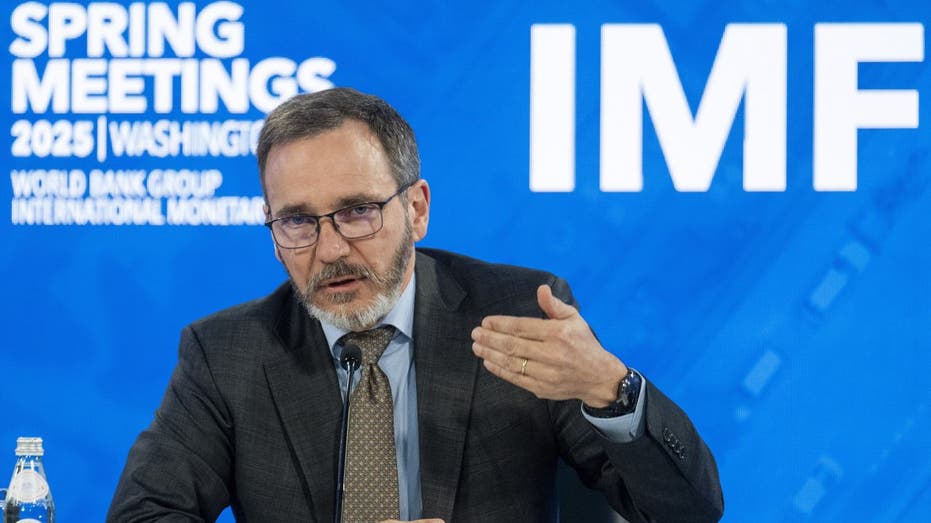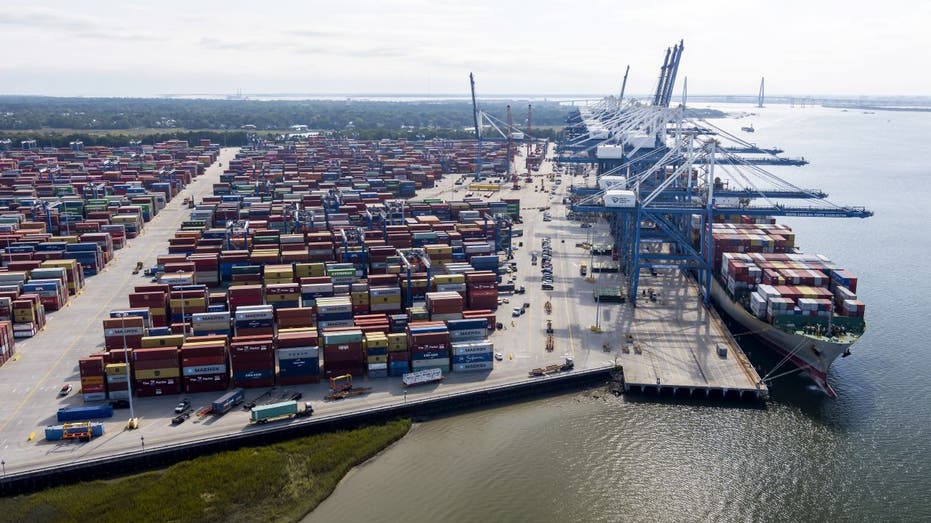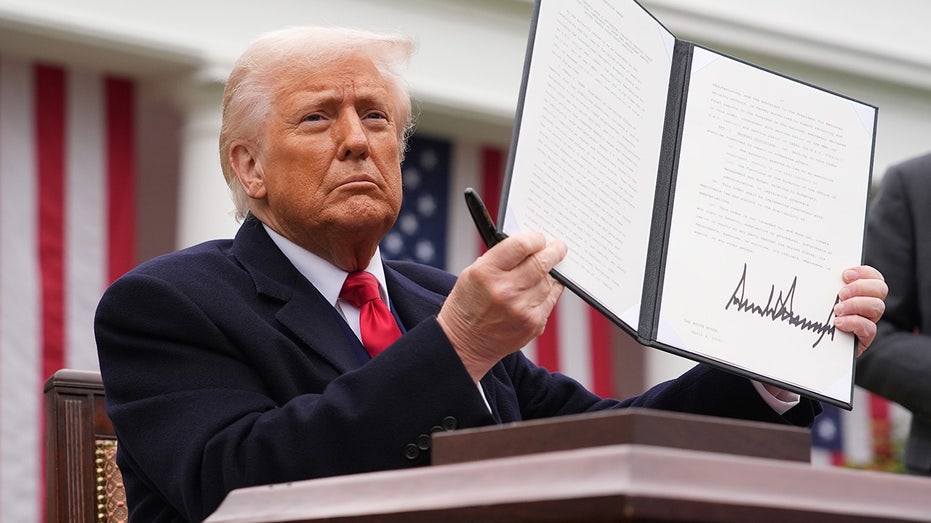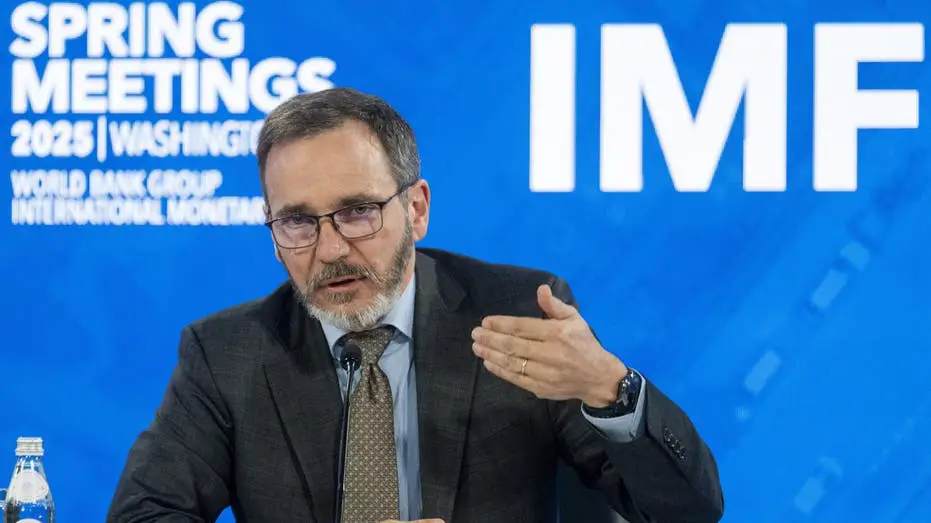Former Reagan economist Art Laffer tells Kudlow why investors are worried about President Donald Trumps trade war.
The International Monetary Fund (IMF) on Tuesday cut its growth forecasts for the U.S. and other countries due to uncertainty over trade policy and weaker demand.
The IMF’s report slashed its 2025 economic growth forecast for the U.S. to 1.8%, slashing 0.9 percentage point from the gross domestic product (GDP) growth rate it projected in January. It also cut the 2026 forecast by 0.4 percentage point to 1.7%.
It attributed the downgrade of its economic growth estimate from earlier this year to “greater policy uncertainty, trade tensions, and softer demand momentum.”
“Since the release of the January 2025 WEO Update, a series of new tariff measures by the United States and countermeasures by its trading partners have been announced and implemented, ending up in near-universal U.S. tariffs on April 2 and bringing effective tariff rates to levels not seen in a century,” the IMF said.
TRUMP’S TARIFFS PROJECTED TO INCREASE UNEMPLOYMENT, BUT ESCAPE MASS LAYOFFS: ALLIANZ

International Monetary Fund (IMF) Chief Economist Pierre-Olivier Gourinchas speaks on the “World Economic Outlook” during the IMF/World Bank Group Spring Meetings in Washington, on April 22, 2025. (JIM WATSON/AFP via Getty Images / Getty Images)
“This on its own is a major shock to growth. The unpredictability with which these measures have been unfolding also has a negative impact on economic activity and the outlook and, at the same time, makes it more difficult than usual to make assumptions that would constitute a basis for an internally consistent and timely set of projections,” it added.
President Donald Trump’s trade policies pushed the effective U.S. tariff rate on all imports to the highest level in a century, surpassing the 1930 Smoot-Hawley tariffs. Economists generally believe the Smoot-Hawley tariffs worsened the Great Depression by causing a decline in global trade.
UNEMPLOYMENT WORRIES JUMP TO HIGHEST LEVEL SINCE 2020 IN NEW YORK FED SURVEY

Tariffs are taxes on imported goods that are paid by the importer, which typically passes the higher costs on to consumers through higher prices. (Photographer: Sam Wolfe/Bloomberg via Getty Images / Getty Images)
Global growth is also expected to slow due to tariffs and uncertainty over trade policy, with the IMF forecasting growth of 2.8% in 2025 and 3% in 2026 – down from 3.3% in its forecast released in January.
In the euro area, economic growth is expected to be 0.8%, which is 0.2 percentage point slower than the earlier forecast.
In emerging markets and developing economies, growth is projected to slow to 3.7% in 2025 and 3.9% in 2026, with significant downgrades for countries affected most by tariffs, such as China. Growth in China was cut to 4% in 2025 and 2026, downward revisions of 0.6 and 0.5 percentage point from January’s forecast.
BLACKROCK’S FINK SAYS CEOS TELL HIM THEY THINK US ECONOMY IS IN A RECESSION

President Trump’s tariffs have raised inflation expectations and economic uncertainty. (Andrew Harnik/Getty Images / Getty Images)
The IMF’s report also raised its inflation forecast for the U.S. in 2025 to 3%, an increase of 1 percentage point compared with its January forecast.
It cited “stubborn price dynamics in the services sector as well as a recent uptick in the growth of the price of core goods (excluding food and energy) and the supply shock from recent tariffs” as leading to the increase.
GET FOX BUSINESS ON THE GO BY CLICKING HERE
IMF chief economist Pierre-Olivier Gourinchas told reporters that the IMF isn’t forecasting the U.S. economy entering a recession at this time, but added that the odds of a downturn have risen from about 25% to 37%.
Reuters contributed to this report.

